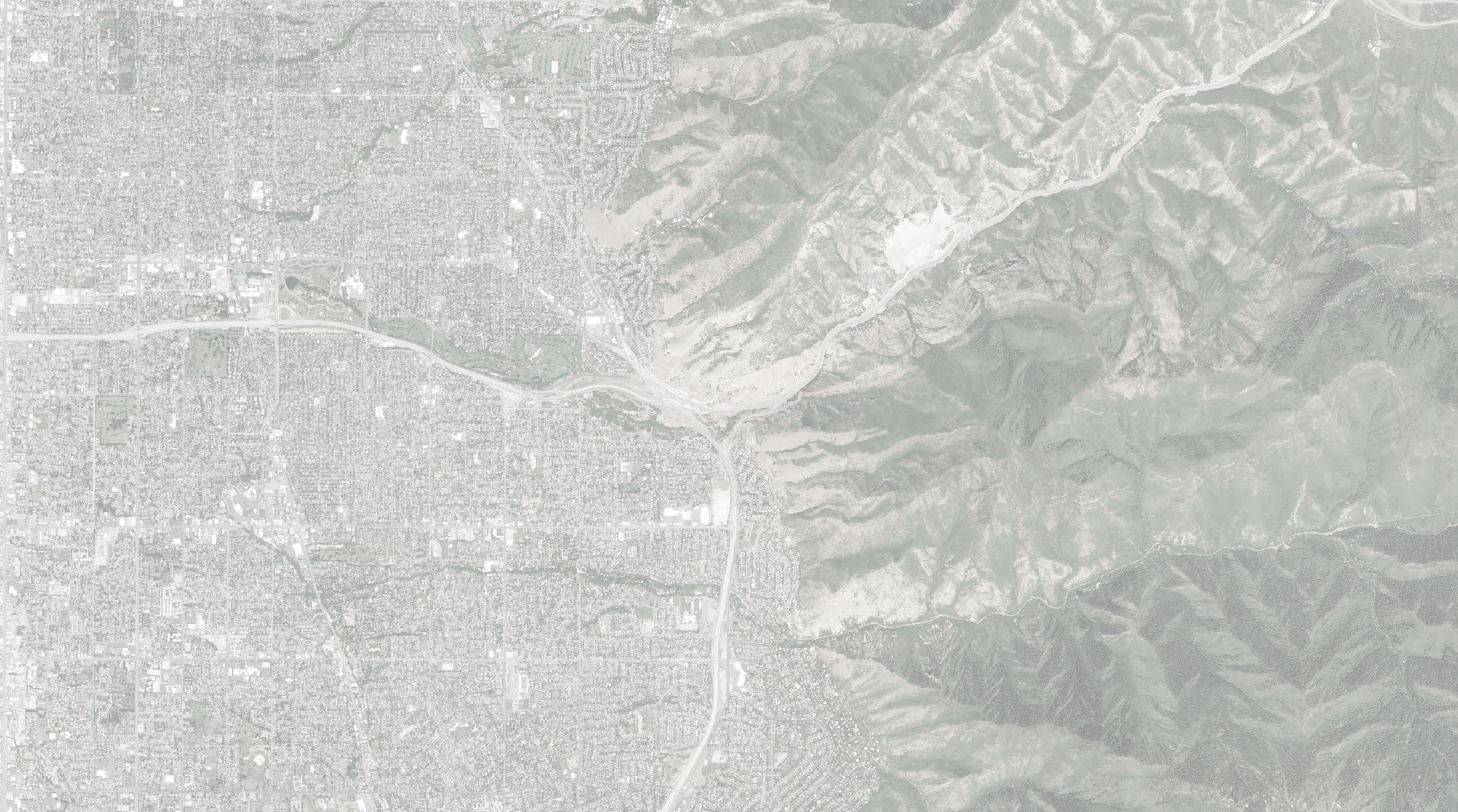
Final EIS and Record of Decision now posted.
View documents
The Utah Department of Transportation (UDOT) has prepared the Parley’s Interchange Environmental Impact Statement (EIS) to evaluate the short- and long-term needs of the I-80/I-215 eastside interchange. The purpose of the study was to improve safety, reduce congestion, increase regional mobility and update the current design of the interchange.
UDOT selected Alternative B in the Record of Decision.
Parley’s Interchange has not had a capacity or major safety upgrade since its completion in the mid-1960s. Parts of the interchange have accident rates above the state average for similar facilities.
Parley's interchange is congested during the morning and evening peak commutes, with traffic backing up onto the freeway travel lanes.
The travel delay through the interchange has reduced regional mobility for passenger and freight traffic that use this critical local and national link of the interstate system.
Parley’s Interchange does not meet current design and safety standards.
The environmental review, consultation, and other actions required by applicable Federal environmental laws for this project are being, or have been, carried-out by UDOT pursuant to 23 U.S.C. 327 and a Memorandum of Understanding dated January 17, 2017, and executed by FHWA and UDOT
Level of service is a measure of the quality of traffic at an intersection of roadway, ranging from Level A (free flowing traffic) to Level F (forced flow, or very congested).
Low volumes and no delays.
Speeds restricted by travel conditions, minor delays.
Speeds and maneuverability closely controlled because of higher volumes.
Speeds considerably affected by change in operation conditions. High density traffic restricts maneuverability; volume near capacity.
Low speeds; considerable delay; volume at or slightly over capacity.
Very low speeds; volumes exceed capacity; long delays with stop-and-go traffic.
The purpose of the Parley's Interchange project is to improve safety, reduce congestion, increase regional mobility and update the current design.
The Parley’s Interchange is a key regional connection for all travel modes from southeast Salt Lake County and Summit County, providing connections to the University of Utah, Research Park, Millcreek and downtown Salt Lake City. The interchange also provides an important connection to Park City from the Wasatch Front and is a critical local and national freight route.

The Utah Department of Transportation (UDOT) Noise Abatement Policy is the official policy and procedure for the Department in regards to noise abatement studies, implementing measures, and coordination with local municipalities and the public. This is the process by which all feasible and reasonable mitigation measures are incorporated into projects to minimize noise impacts and protect the public health and welfare.
For your convenience, we have simplified the policy and highlighted sections that relate to the Parley’s Interchange EIS. You can also read the full Noise Abatement Policy and Draft Noise Report: Existing Conditions online.
The Parley's interchange is a critical link in the regional transportation system.